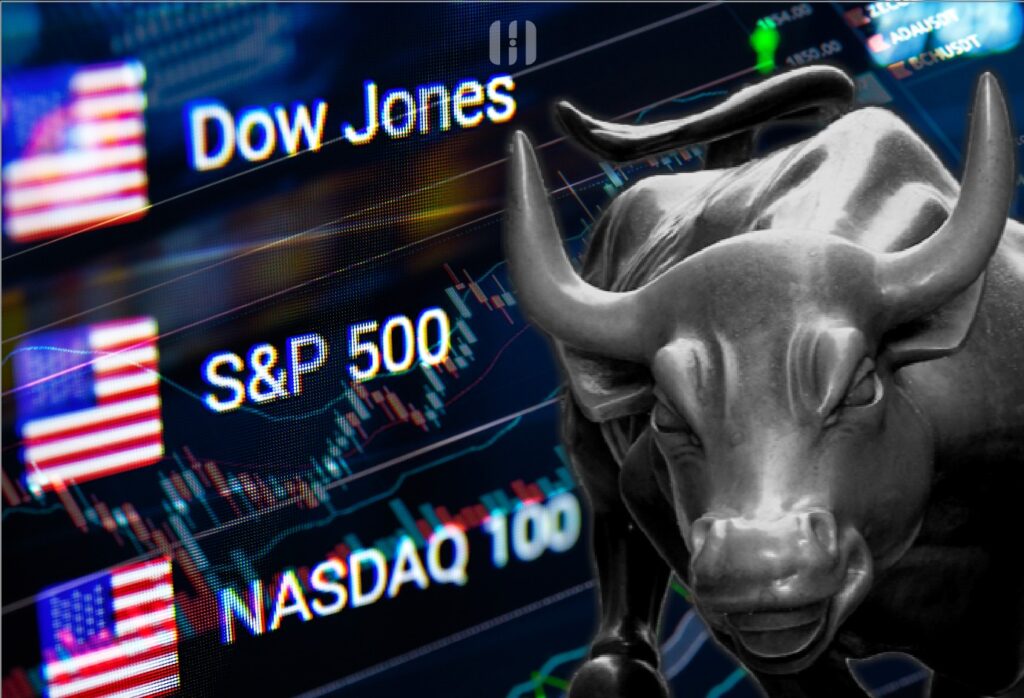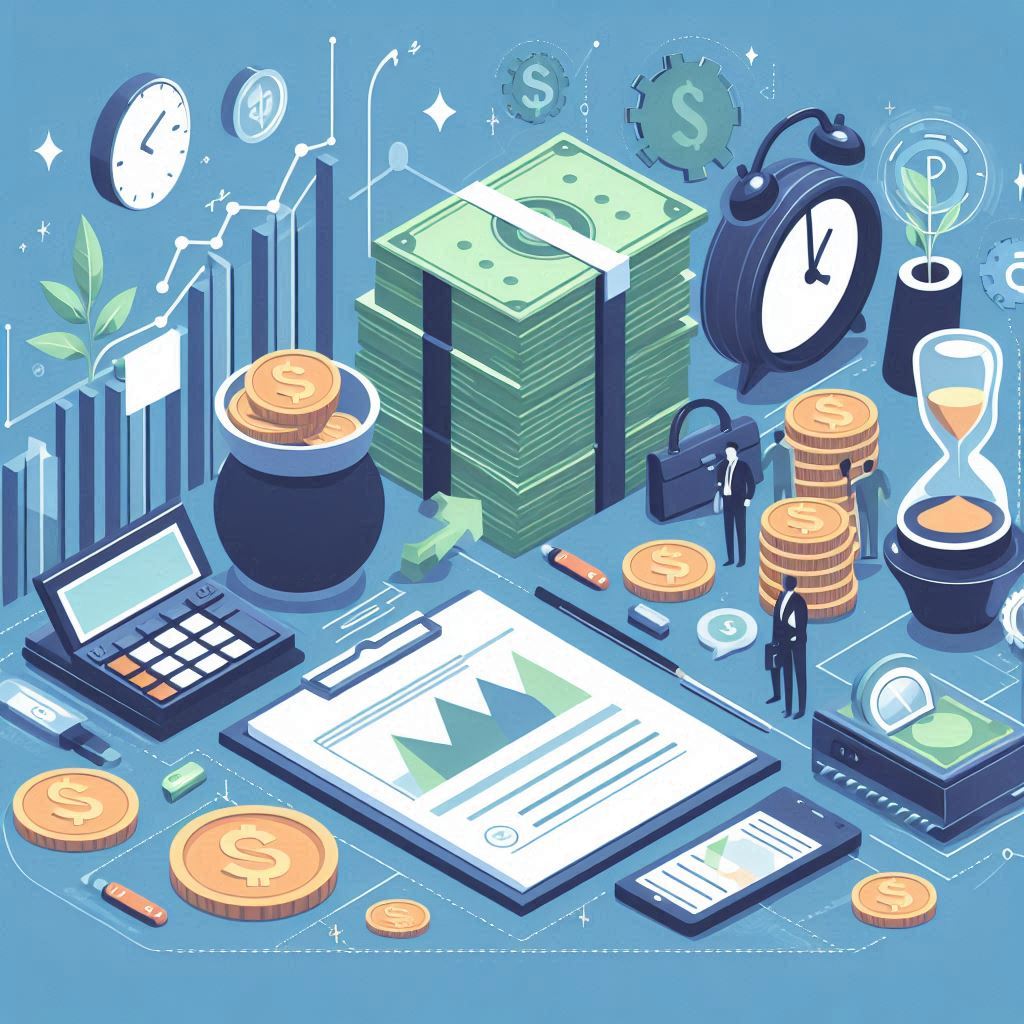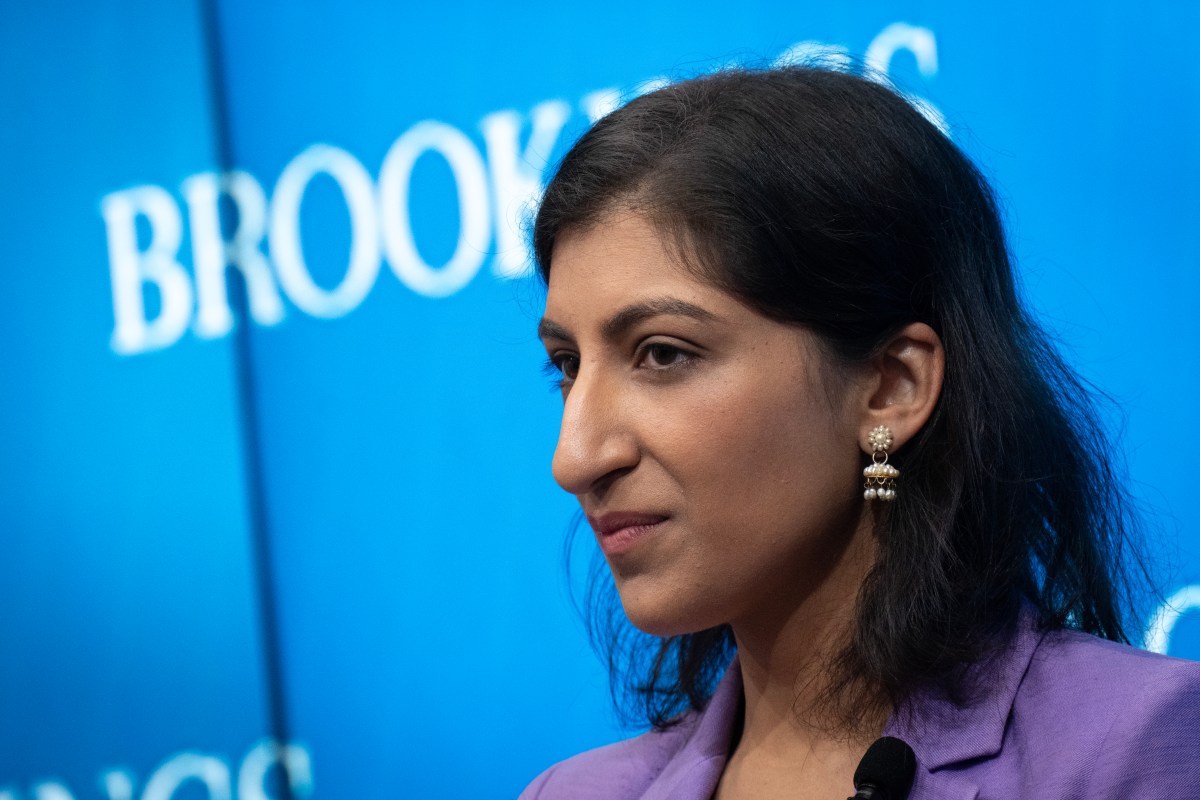
Federal agencies Job market Economy See all topics Follow
Washington —
It took only a few days for the Federal Reserve’s latest decision on interest rates to age like milk.
The central bank on Wednesday said it was holding borrowing costs steady yet again, extending a wait-and-see pattern that began in January. That same day, Fed Chair Jerome Powell told reporters that a “solid” labor market means central bankers still have the luxury of waiting to see how President Donald Trump’s tariffs affect prices before resuming rate cuts that could help boost jobs but could also reignite inflation.
Just two days later, it turned out that the job market is on shakier ground than Powell had suggested. It may take a bit more time to know if that’s really the case.
But the Fed may walk away with egg on its face.
On Friday, the Labor Department reported that employers added just 73,000 jobs in July, well below the threshold of monthly job growth necessary to keep up with population growth. Meanwhile, the unemployment rate ticked up to 4.2% from 4.1%.
And the monthly report was even worse than it seems: The Labor Department also massively revised downward the job gains for the prior two months.
It’s now clear that job growth has been anemic, based on the newly revised data: The average pace of monthly job growth from May through July was the weakest than any other three-month period since 2009, outside of the pandemic recession in 2020.
The Fed declined CNN’s request for comment.
“Powell is going to regret holding rates steady this week,” Jamie Cox, managing partner at Harris Financial Group, said in commentary issued Friday.
But not everyone at the Fed shared Powell’s view on the labor market. The Fed’s latest decision generated pushback from within like it hasn’t seen in decades.
Fed Governor Christopher Waller and Fed Vice Chair for Supervision Michelle Bowman cast dissenting votes, marking the first time that more than one Fed governor has done so since 1993.
In statements issued Friday, both officials pointed to signs of weakness in labor market as a major reason why they dissented, while downplaying the potential effects of Trump’s tariffs on prices. The Fed is tasked by Congress to address both high inflation and a weakening labor market.
“The labor market has become less dynamic and shows increasing signs of fragility,” Bowman wrote, adding that just few industries have propelled job growth this year, which remained the case in July, according to the latest data.
Still, it may be too soon to conclude that the Fed has royally screwed up.
“It was a disappointing report to be sure, but when I look at the data, we try not to make too much out of any one individual report,” Cleveland Fed President Beth Hammack told Bloomberg on Friday after the July jobs report was released. “I feel confident with the decision we made earlier this week.”
Last year, after the unemployment rate climbed quickly in a short period of time and there were similar calls that the central bank was too late to lower rates, the Fed stepped in with a bold, half-point rate cut to stave off any further weakening.
By the end of last year, it turned out that the labor market wasn’t falling off a cliff: In December, employers added a massive 323,000 jobs as the unemployment rate edged down from the prior month to 4.1%.
Stay in touch
Keep informed with the most important events in market and advanced calculators.








